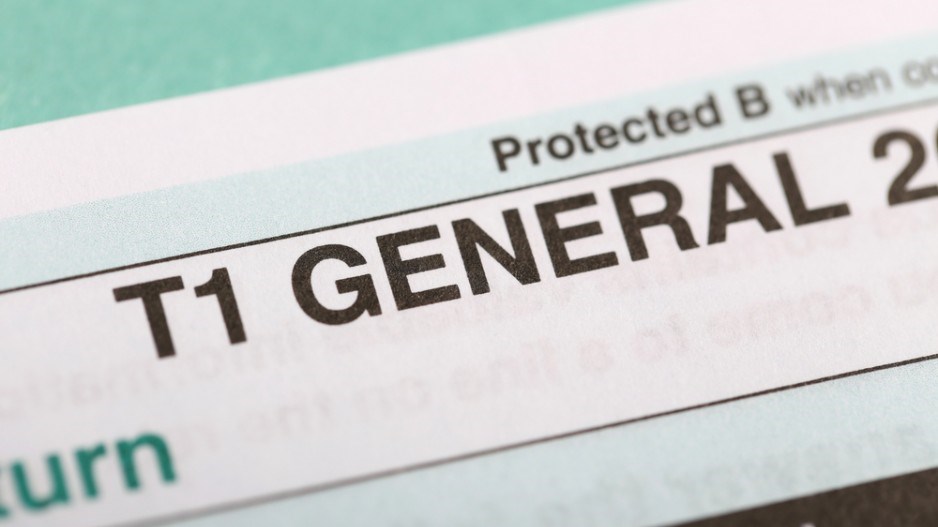As another tax season winds down, many Canadians prepare to receive their tax refunds. While some make good use of the refunds, many do not. According to the recent BMO Tax Survey, only 25% of Canadians plan to use their tax refunds to save or invest. Fortunately, a few simple steps can be taken to maximize tax refunds and make wealth accumulation a little easier.
The most logical first step would be to use the refund to make RRSP contributions and build long-term retirement savings. Any remaining funds can then be contributed to a tax-free savings account (TFSA) where, as the name denotes, investments can grow tax free.
Used in conjunction, the two investment vehicles can help maximize wealth accumulation. There are a number of different ways of using them though, depending on age and income tax bracket.
For instance, TFSAs make a lot of sense for many young people beginning to save for retirement, as they are still in lower income tax brackets and won’t benefit much from the tax deductibility of RRSPs. It may be better to accumulate RRSP headroom until their marginal tax rate is higher.
The funds in TFSAs are also accessed more easily, providing a source of emergency funds. The emphasis is on emergency because the convenience of TFSA withdrawals is a downside for those tempted to withdraw on whimsy rather than absolute necessity.
For investors in higher income tax brackets, RRSPs make sense because their tax deduction is likely at a higher marginal rate than it will be when withdrawals are taxed in retirement. And, RRSP contributions may be used to drop their current taxable income to a lower bracket. Higher income earners are also less likely to have to choose between the TFSA and the RRSP, and may wish to contribute to both and link the benefits.
Parents who are saving for their child’s education through Registered Education Savings Plans (RESPs) can also benefit through integrating planning involving RRSPs and TFSAs. Consider a parent who contributes to their RRSP and receives a tax refund. The parent could choose to invest the tax return in a TFSA, up to their allowable limits, and benefit from tax-free growth.
At the end of each year, the parent could withdraw some funds from the TFSA to make an RESP contribution, leaving the balance to continue growing tax-free. Once inside the RESP the contributions will also be growing and, although the contributions are not tax-deductible, the investment income is tax-sheltered as long as it remains in the RESP. In addition, the funds may be eligible for government contributions.
At any stage of life financial planning requires careful thinking. Don't allow an investing process to impede your thought processes by introducing stress.
Kim Inglis, CIM, PFP, FCSI, AIFP is an Investment Adviser & Portfolio Manager with Canaccord Genuity Wealth Management, a division of Canaccord Genuity Corp., Member – Canadian Investor Protection Fund. www.reynoldsinglis.ca. The views in this column are solely those of the author.




